Suede is a material known for its velvety, fleecy surface and pleasant to the touch. The process of sueding leather is multi-stage. The composition includes impurities of chemical elements. At one time, various ingredients were used to tan natural leather - egg yolk, animal fat and vegetable oils. After that, the leather was kneaded, heated, washed. As a result, the tanned leather became soft, flexible, with a characteristic pile and durable. Today, everything happens differently.
Suede fabric - what is it and how is it made
Artificial suede replicates the appearance of natural suede: microfiber or polyester fibers are glued to a knitted base.
There are two technologies for producing synthetic suede:
- Woven method. Woven microfiber fabric is split into fibers using a special brush machine. This material is more durable, has the property of "breathing" and, accordingly, is expensive. The fibers in this method can be of different heights and thicknesses, and the direction of the pile can be any.
- Non-woven method. First, PVA glue is applied to a primed base (natural or synthetic fabric), then polyester pile is sprayed on. To protect against water and dirt, it is impregnated with Teflon.
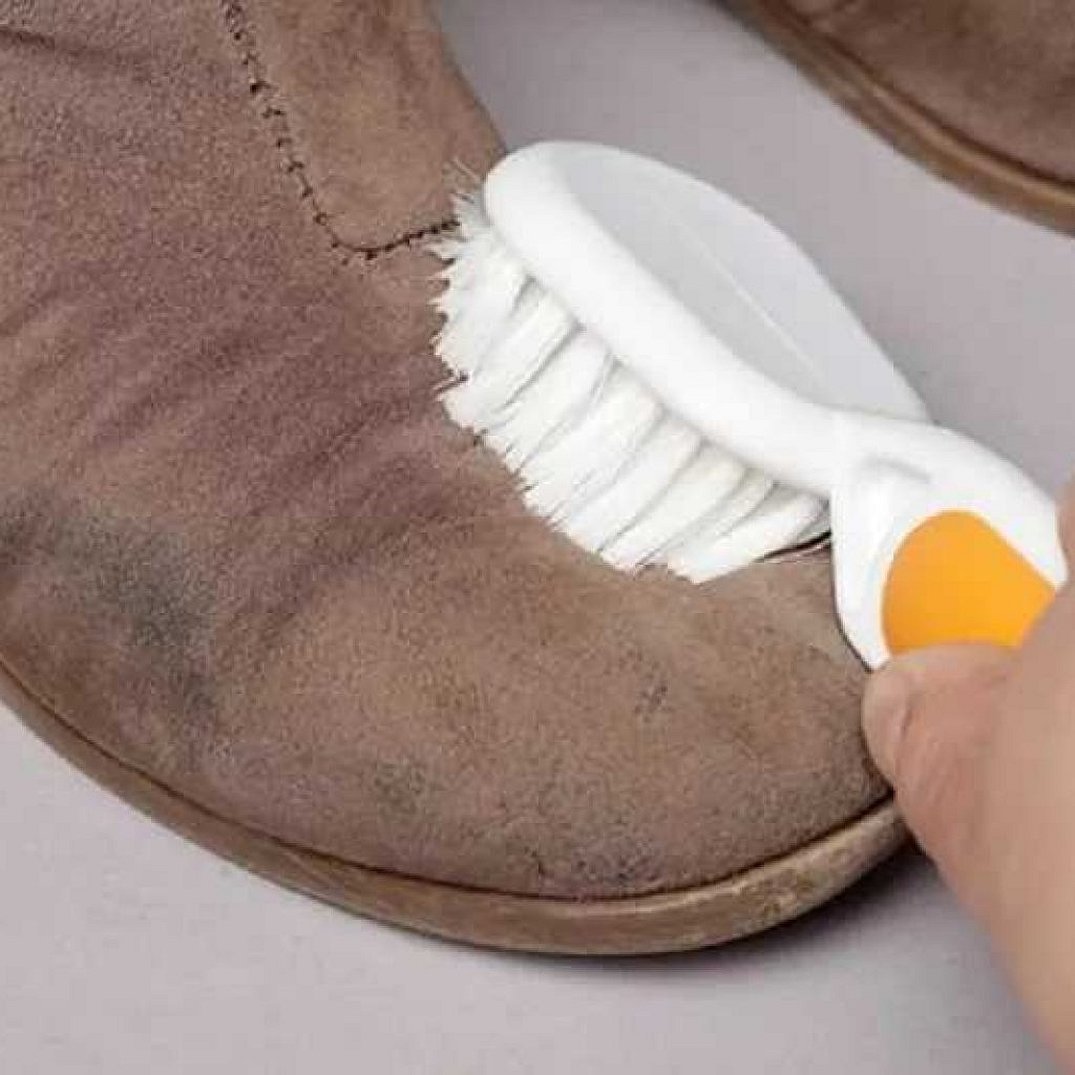
For your information! The quality of artificial suede for furniture can be checked by touch: the villi change direction after touching. This is called the writing effect.
Properties
Artificial perfectly imitates natural, but its cost is several times less. Its other advantages include:
- easy to care for, does not absorb dirt and water;
- does not fade under the influence of ultraviolet light;
- environmental friendliness;
- decent period of use - it is difficult to scratch or stretch;
- wear resistance - retains its appearance for many years, does not wear out;
- uniformity of color and pile coating;
- pleasant to the touch velvety texture.
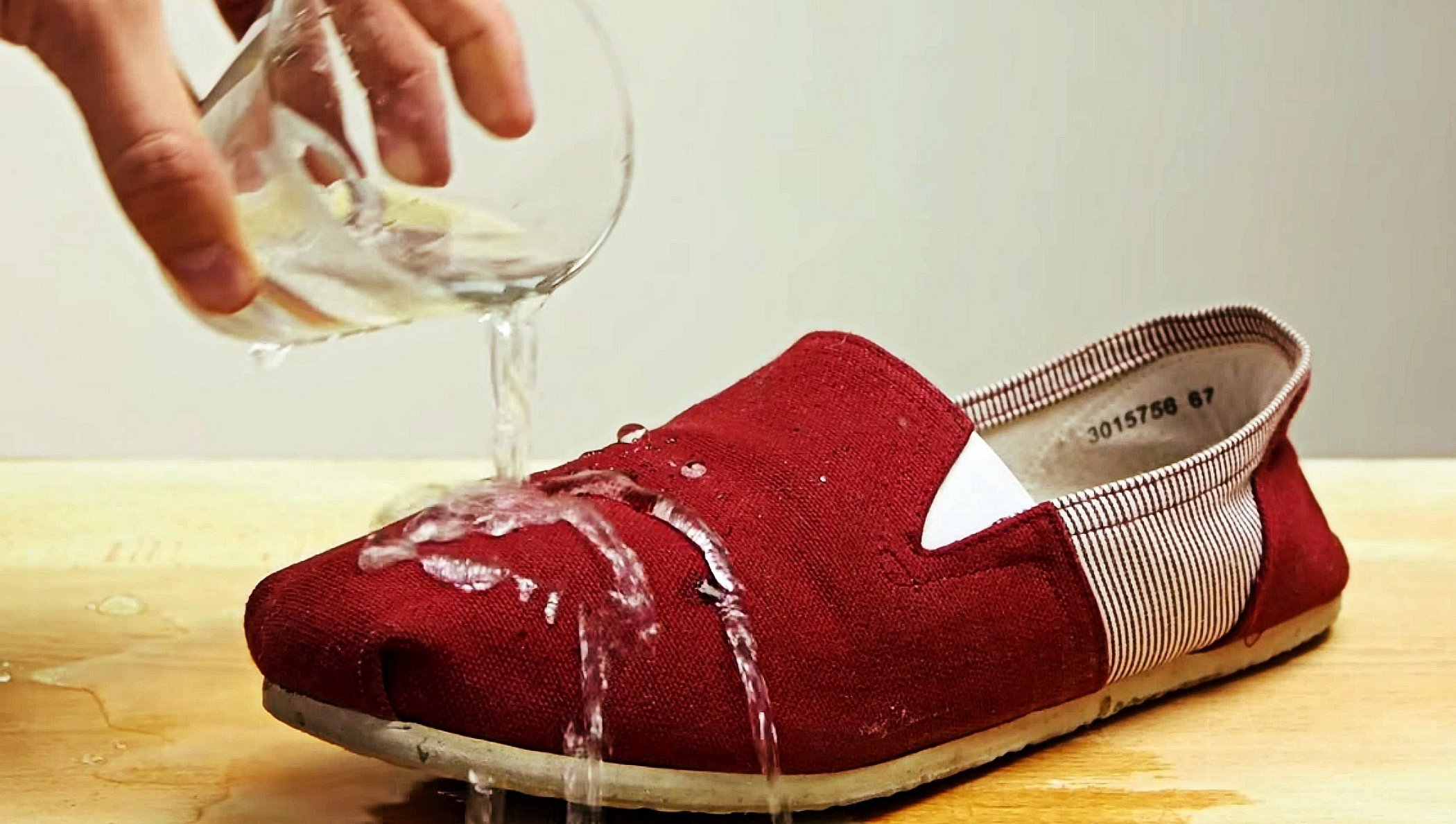
Differences between natural and substitute
Differences:
- natural has a more uneven texture (natural cracks and porosity), color and texture (it becomes thinner from the center to the edges);
- artificial retains temperature when heated, while natural heats up from prolonged contact;
- natural leather instantly absorbs moisture, while it flows off leatherette;
- Artificial leather does not smell at all or has a synthetic smell, while natural leather has its own special tart leather smell.
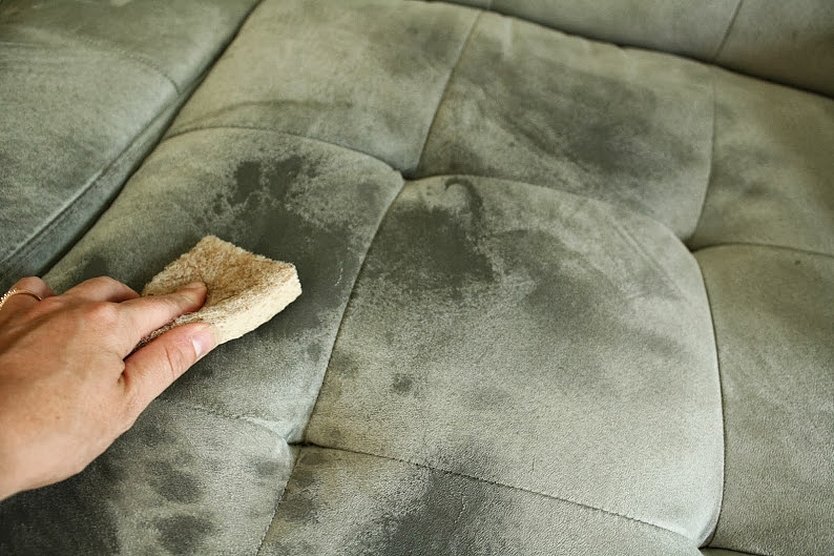
Please note! If you iron, for example, natural furniture fabric, the suede surface will lighten from the pressure.
Application
The scope of application of artificial suede is wide. It is used for furniture upholstery, sewing shoes and clothes.
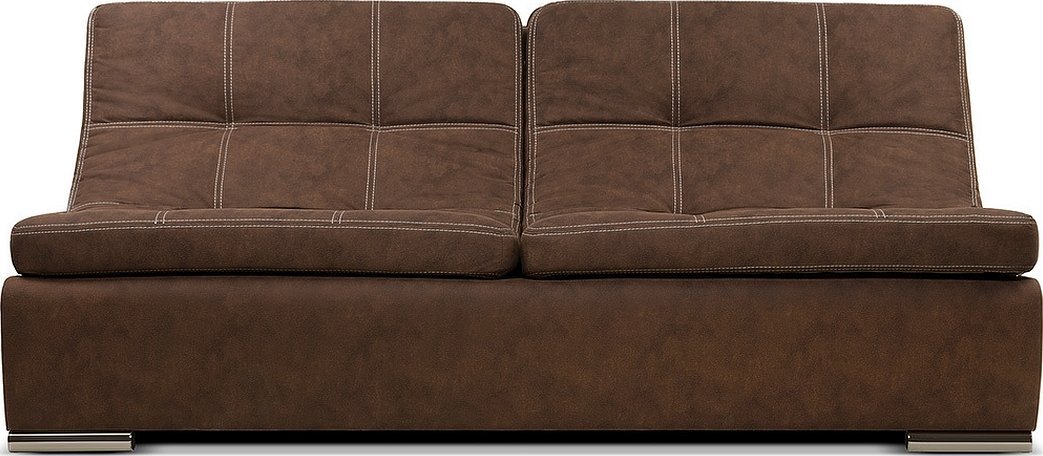
As a covering
In manufacturing, they mainly use suede created by a non-woven method. With increased wear resistance and durability, furniture suede fabric has found application not only for upholstery of sofas and chairs for the home, but also for the office and car interiors. A variety of colors and textures allows you to choose upholstery for any interior and style.
For clothing, footwear and leather goods
Manufacturers of clothing (sheepskin coats, jackets) generally prefer non-natural suede. Such clothing retains heat, is light and ventilates well, without causing heavy sweating. For sewing suits, dresses, skirts and jackets, material made on the basis of cotton is ideal, as it fits the figure perfectly.
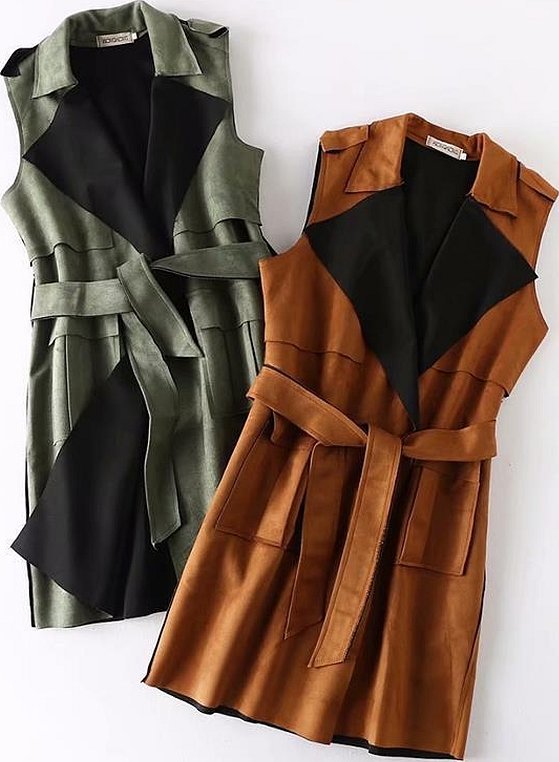
The material is popular with shoemakers for its presentable appearance. Sports sneakers, shoes and boots are made from it. Fashionable belts and gloves, diving linings are also made from suede.
Important! Suede with a long pile deteriorates faster.
Caring for suede
Suede fabric is demanding in care. If you follow the care rules, the product will retain a presentable appearance for many years:
- Before wearing shoes and outerwear (immediately after purchase, for example, in an online retail store), it is better to treat them with special sprays. If the product is dirty, it must be dried and then cleaned with a special brush. Shiny areas can be removed with steam and a brush. The brush movements must be strictly in one direction.
- Dresses and jackets should be washed or soaked at a temperature no higher than 40°C. Afterwards, the product should be blotted with a napkin or towel. Ironing is strictly prohibited.
- Furniture upholstery should be looked after regularly, for example, a sofa should be vacuumed once a week with a soft attachment. Dry cleaning is also preferable. If water gets on the surface, brush off the drops and wipe with a damp cloth. Stains can be wiped (not rubbed!) with a damp sponge and soapy water and allowed to dry, then restore the pile with a brush.
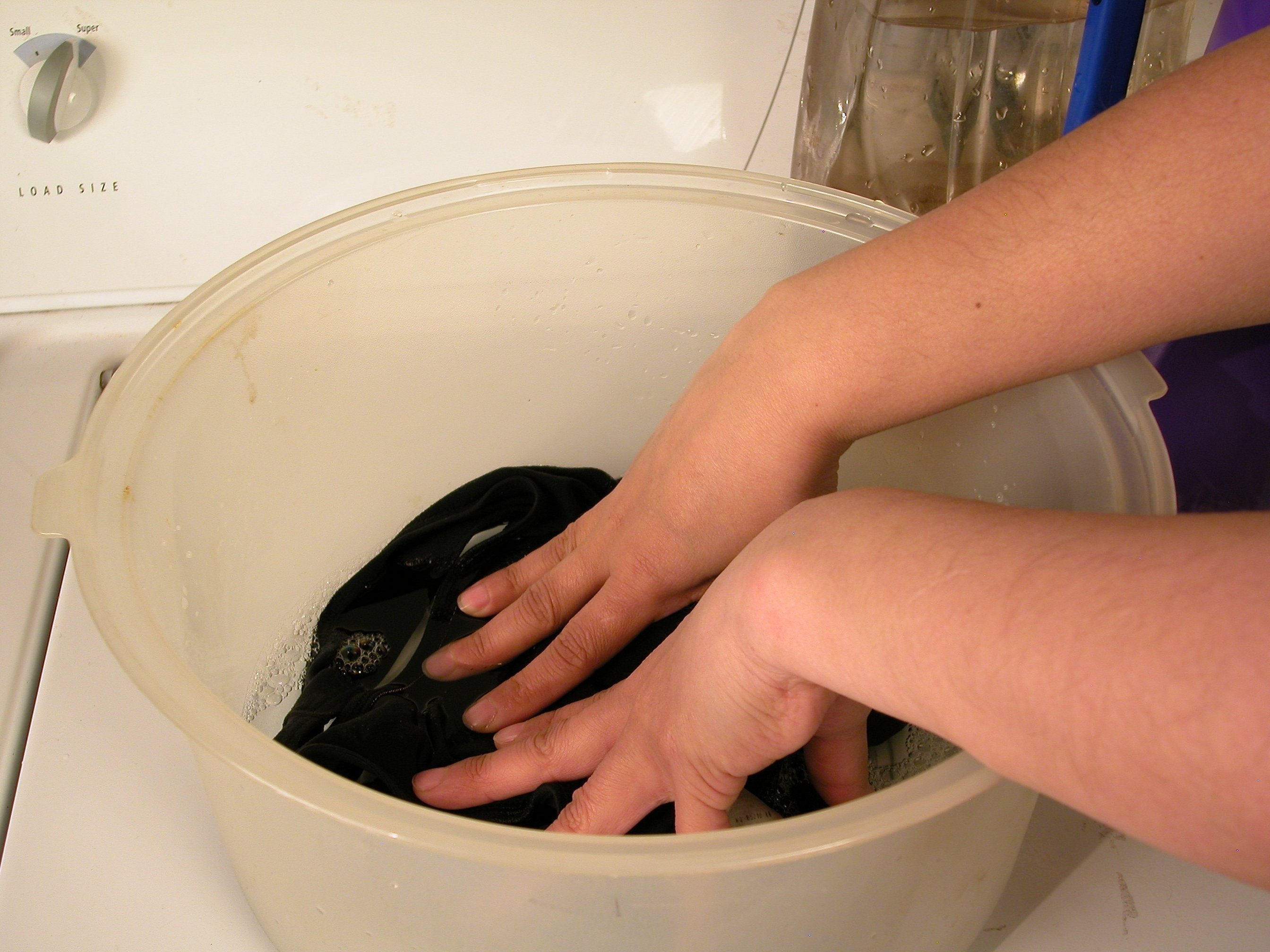
Pros and cons
The advantages of suede include:
- does not accumulate electricity (antistatic);
- the material breathes;
- does not stick to the body.
In addition, it warms in winter and cools in summer, and is resistant to deformation and abrasion throughout its entire service life.
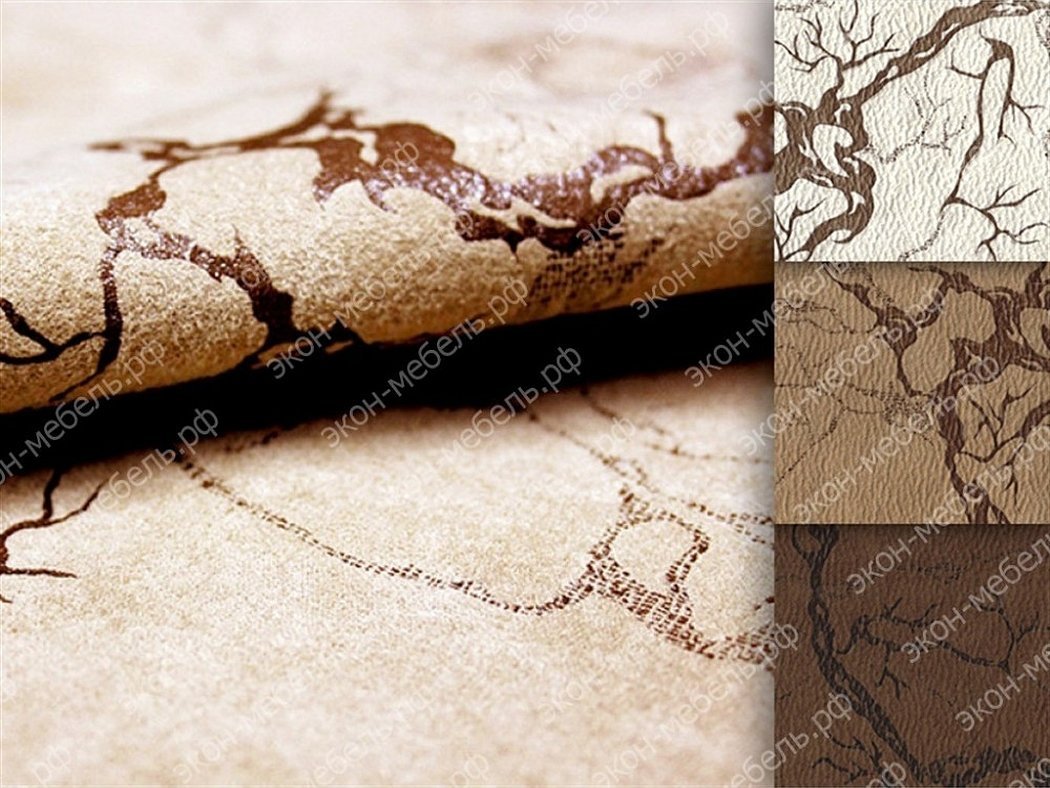
Among the disadvantages, it is necessary to follow the rules for caring for the product. Furniture suede does not withstand the sharp claws of cats and dogs. Light-colored suede gets dirty easily and also has the property of "magnetizing" animal hair and fur.
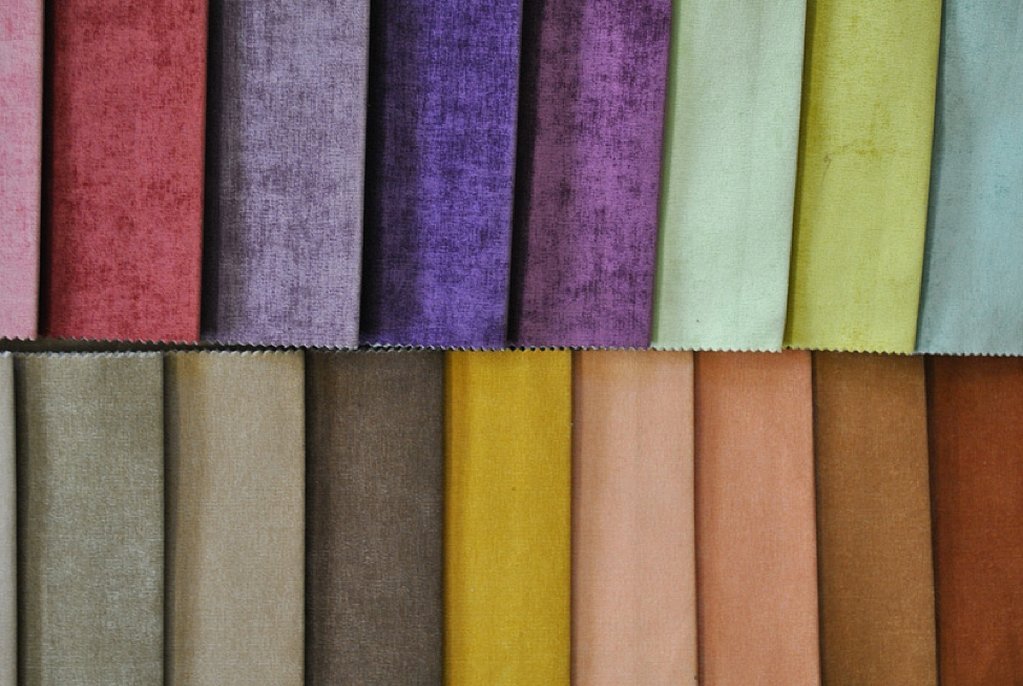
Reviews
Olga, 45 years old, Moscow
"Before, as a buyer, I didn't even know what a material like suede was called. We ordered a corner sofa made of artificial suede last year. The material doesn't fade or come apart, as it's made of polyester based on natural cotton. And it's easy to restore the crushed pile - just clean and comb it with a brush."
Oleg, 56 years old, St. Petersburg
"What can I say, the material called artificial suede is beautiful, cozy and practical. The characteristics stipulate washing at a temperature not exceeding 30°C and without bleaching agents. I washed it, the material did not fade."
Fig. 10. Chair upholstery
Inna, 45 years old, Perm
"Excellent material! We ordered a velvety peach colored cover for the sofa, but there were no problems with care. We rub stains with a damp sponge, and anything greasy - with a soap solution and a sponge with clean water. Everything is cleaned and does not lose its appearance."
Artificial suede is not easy to distinguish from natural. It has increased wear resistance and an attractive price, so it is suitable for anything: from shoes to car upholstery.




